Early Intervention ABA Therapy
Discover early intervention ABA therapy's benefits for autism, enhancing communication and behavior in young learners.


Understanding ABA Therapy
History of ABA Therapy
Applied Behavior Analysis (ABA) therapy has been instrumental in supporting children with autism and related developmental disorders since the 1960s. Originally developed from behavioral psychology, ABA focuses on positive behavior modification through systematic and empirical methods. As awareness and understanding of Autism Spectrum Disorder (ASD) grew, the relevance and application of ABA therapy also expanded, leading to its recognition as an effective approach for early intervention.
In recent years, the efficacy of ABA therapy has been underscored by research, with evidence showing that earlier intervention leads to better outcomes. Children who start ABA therapy before the age of 5 tend to show more significant improvements in cognitive and adaptive skills compared to those who begin treatment later. This underscores the importance of early intervention ABA therapy as a critical factor for success.
Principles of ABA Therapy
ABA therapy is rooted in several key principles that guide its application. The foundation of ABA rests on the understanding that behavior is learned through interactions with the environment. It identifies the functional relationships between behavior and environmental variables, allowing for interventions that promote positive changes.
Some fundamental principles include:
| Principle | Description |
|---|---|
| Behavior Learning | Behaviors are learned through environmental interactions. |
| Influence of Environment | External factors shape and influence behavior. |
| Data-Driven Approach | Interventions are based on objective data and measurable outcomes. |
| Individualization | Programs are customized to fit the unique needs of each child. |
| Goal-Oriented | Focus is on increasing desired behaviors and decreasing undesired ones. |
By understanding these principles, parents and caregivers can appreciate how ABA therapy can be tailored to the specific needs of their child, ensuring a personalized treatment approach. For example, therapists develop individualized treatment plans that take into account a child’s unique strengths and challenges. This individualized focus is critical for maximizing the effectiveness of interventions in enhancing both behavior and communication skills.
For more comprehensive insights into implementing ABA therapy strategies at home, check out our guide on how to implement ABA therapy at home.
Role of ABA Therapists
The effectiveness of early intervention ABA therapy greatly depends on the professionals who implement it. Two key roles within ABA therapy are that of Behavior Analysts and Registered Behavior Technicians (RBTs).
Behavior Analysts in ABA Therapy
Behavior Analysts, specifically Board-Certified Behavior Analysts (BCBAs), are the professionals responsible for designing and overseeing the ABA programs. They customize these programs based on each learner's skills, needs, interests, preferences, and family situations. Family goals and preferences may also be incorporated into the therapy plan.
BCBAs rely heavily on data collection and analysis to evaluate and adjust interventions. They continuously monitor the child's progress, making necessary modifications based on empirical evidence to ensure that the therapy remains effective [2].
Key responsibilities of BCBAs include:
| Responsibility | Description |
|---|---|
| Program Design | Develop individualized treatment plans tailored to each child's unique needs. |
| Data Analysis | Collect and analyze data to assess effectiveness and make adjustments. |
| Training RBTs | Supervise and train RBTs to ensure consistent implementation of therapy. |
Registered Behavior Technicians (RBTs) in ABA Therapy
Registered Behavior Technicians (RBTs) play a crucial role in the implementation of ABA therapy. They are trained professionals who work directly with individuals with autism to practice skills as outlined in the goals set by the BCBA. RBTs carry out interventions and engage with children on a day-to-day basis, supporting them in reaching their personalized targets.
The structured nature of ABA interventions allows RBTs to implement individualized treatment plans that address the specific needs and challenges of the child [3].
Key aspects of the RBT's role include:
| Responsibility | Description |
|---|---|
| Direct Interventions | Implement therapeutic interventions as guided by the BCBA. |
| Skill Practice | Assist children in practicing new skills in various settings. |
| Progress Monitoring | Collect data on the child’s behavior to report back to the BCBA. |
Both Behavior Analysts and RBTs are integral to the success of ABA therapy, working collaboratively to ensure that each program is tailored to promote meaningful progress for individuals with autism. For parents seeking to understand the best practices in finding professionals, they may consider referring to our guide on finding qualified ABA therapists.
Effectiveness of ABA Therapy
ABA therapy has gained recognition for its effectiveness across various age groups and its positive impact on communication and behavior for individuals with autism.
Benefits Across Age Groups
ABA therapy is proven to be effective for individuals at different stages of life, from early childhood through adulthood. Research indicates that intensive and long-term therapy utilizing ABA principles can significantly enhance outcomes for many children with autism. More than 20 studies support this, demonstrating that programs offering 25 to 40 hours of therapy each week for 1 to 3 years yield positive results [1].
| Age Group | Potential Benefits |
|---|---|
| Early Childhood | Improved social skills, communication, and adaptive behaviors. |
| School Age | Enhanced learning outcomes, behavior management, and academic performance. |
| Adolescents | Development of independence, social skills, and preparation for adulthood. |
| Adults | Enhanced self-management skills, job training, and integration into the community. |
ABA therapy is not only designed to address behavioral challenges, but it also focuses on enhancing personal strengths, making it adaptable to various learning needs and environments.
Impact on Communication and Behavior
One of the primary strengths of early intervention ABA therapy is its impact on communication and behavior. ABA is rooted in behaviorism and aims to identify functional relationships between an individual’s behavior and their environment. This analytical approach enables therapists to implement strategies that promote positive behavioral changes and skill development [4].
Research illustrates that comprehensive ABA programs can lead to notable improvements in:
| Area of Impact | Key Improvements |
|---|---|
| Communication | Increased verbal communication and language skills. |
| Social Skills | Enhanced ability to relate with peers and form relationships. |
| Behavioral Issues | Reduction in problematic behaviors and improved coping strategies. |
For non-verbal individuals, ABA therapy can be particularly beneficial. Targeted interventions can foster skill development in communication, including the use of alternative communication methods [5].
The effectiveness of ABA therapy extends beyond initial treatment sessions. With a well-structured program, parents can implement strategies at home to support ongoing progress. Resources such as how to implement aba therapy at home can further enhance outcomes.
By focusing on both age-appropriate needs and the specific communication skills required, ABA therapy supports the overall growth of individuals with autism, preparing them for successful integration into various life settings, including school and community environments.
Personalizing ABA Therapy
Personalizing ABA therapy is essential for maximizing its effectiveness and ensuring that each individual receives the support they need. This tailored approach includes creating individualized treatment plans and involving families in the therapy process.
Individualized Treatment Plans
An individualized treatment plan is developed by a qualified and trained behavior analyst (BCBA) who customizes the program based on the learner's unique skills, needs, interests, preferences, and family circumstances. This tailored approach is crucial, as it helps address specific challenges and strengths that individuals with autism may face. Key considerations in developing these plans include:
- Strengths and Interests: Capitalizing on what the child enjoys can motivate learning and improve engagement.
- Specific Challenges: Addressing the unique difficulties faced by the individual ensures that the therapy is relevant and effective.
- Family Dynamics: Understanding family situations allows for strategies that are practical and maintainable at home.
The effectiveness of ABA therapy is enhanced when individual treatment plans are customized to meet the diverse needs of learners. These personalized interventions utilize objective and data-driven methods to track progress and adjust strategies as necessary.
| Key Elements of Individualized Treatment Plans | Description |
|---|---|
| Strengths and Interests | Focus on enhancing motivation and engagement |
| Specific Challenges | Target difficult behaviors or communication hurdles |
| Family Dynamics | Include practical strategies to apply in daily life |
For more information on implementing these principles, visit our guide on how to implement ABA therapy at home.
Importance of Family Involvement
Family involvement is critical for the success of ABA therapy. Engaging parents and caregivers ensures that the strategies learned in therapy can be consistently applied in the home environment. This generalization of skills significantly enhances the overall effectiveness of treatment.
Providers should offer training and support to families, equipping them with the tools necessary to reinforce and practice the strategies introduced in therapy. This collaborative effort not only helps in solidifying the skills learned by the individual but also fosters a support system that encourages positive behavior changes.
Benefits of family involvement include:
- Reinforcement: Parents can reinforce learning at home, leading to better retention of skills.
- Consistency: Ensures that strategies are applied consistently across environments, which aids in generalization.
- Feedback Loop: Family members can provide valuable feedback about their child's behavior and progress, allowing for adjustments in the treatment plan.
Families play a vital role in making ABA therapy more effective. Understanding how to work together with therapists and effectively apply learned strategies in daily life can significantly improve outcomes for individuals receiving therapy. For examples of successful ABA implementation and outcomes, explore our ABA therapy success stories.
Early Intervention with ABA Therapy
Benefits of Early ABA Intervention
Early intervention using applied behavior analysis (ABA) therapy can have significant positive outcomes for children with autism. Research indicates that early diagnosis and intervention are crucial in providing lasting benefits on communication, socialization, and behavior. Children who engage in early ABA therapy are more likely to succeed in regular education settings, maintain employment in adulthood, and require fewer support services later in life. Studies have shown that intensive and long-term ABA therapy, typically offering 25 to 40 hours a week for 1 to 3 years, can substantially enhance a child's developmental trajectory [7].
| Outcome | Statistic |
|---|---|
| Attendance in regular education classes | Higher rates for children receiving early intervention |
| Employment rates in adulthood | Increased for those who underwent early therapy |
| Need for support services | Decreased for early intervention recipients |
With approximately 1 in 54 children in the U.S. diagnosed with Autism Spectrum Disorder (ASD) (Lumiere Children's Therapy), timely action is essential. Research supports that the earlier a child receives ABA therapy, the greater the likelihood of overcoming challenges associated with the disorder.
Programs for Early Learners
Numerous programs specifically designed for early learners with autism focus on implementing ABA principles. These programs can differ in the environment, duration, and type of therapy provided. Some may take place in-home, while others may be center-based, allowing for social interaction with peers.
| Program Type | Description |
|---|---|
| Home-Based Therapy | Individualized therapy delivered at the child's home, often involving family members in the process. |
| Center-Based Therapy | Group settings that provide opportunities for social interaction and peer engagement. |
| School-Based Programs | Collaborative efforts between schools and ABA therapists aimed at integrating ABA techniques into the classroom. |
It is important for parents and caregivers to consider finding qualified ABA therapists for their children to ensure an effective intervention approach. For more guidance on getting started with ABA therapy, check out our article on how to implement ABA therapy at home. Ensuring family involvement throughout the process can significantly enhance the effectiveness of early intervention in achieving desired outcomes.
Success and Graduation
As children progress through their ABA therapy, reaching the graduation stage marks a significant milestone. This section will delve into the goals associated with ABA therapy graduation and the importance of continued support and follow-up.
Goals of ABA Therapy Graduation
Graduation from ABA therapy services typically signifies that a child has developed the necessary skills to thrive in everyday situations. It indicates that the individual has reached “normal” functioning levels of skills relative to their peers within the same age group. Research indicates that around 50% of children engaged in intensive ABA therapy can “catch up” to average ranges in intellectual and educational functions [8].
| Key Milestones in ABA Therapy Graduation |
|---|
| Acquisition of essential social skills |
| Improvement in communication abilities |
| Reduction of challenging behaviors |
| Development of academic skills appropriate for age |
Some individuals may experience changes in their needs as they grow. Thus, although they graduate from ABA therapy, it is common for them to require additional support later in life. This might lead to the reinitiation of ABA therapy to address their evolving requirements [9].
Continued Support and Follow-Up
After graduation from ABA therapy, continued support and follow-up are essential. Many children with autism who receive early intervention make such significant progress that they can no longer be classified on the autism spectrum as they mature. However, ongoing reinforcement of skills and techniques learned during therapy can be pivotal in maintaining and enhancing these achievements [10].
Support might include:
- Periodic Check-Ins: Regular assessments to monitor progress and address any emerging challenges.
- Referrals to Additional Services: Guidance on other therapeutic modalities or resources that may benefit the child.
- Family Education: Continuing education for families on strategies to support their child’s development at home and in social settings.
Utilizing a multi-disciplinary approach during early intervention, which includes speech therapy, occupational therapy, and sometimes physical therapy, can further ensure lasting success. Children who receive comprehensive early intervention therapy generally fare better in learning new skills, overcoming challenges, and achieving independence compared to those who do not receive such intervention [11].
Through a commitment to continued support and follow-up, families can facilitate the child’s ongoing growth and adaptation in various life scenarios, making the transition from structured therapy to everyday independence smoother and more successful.
References
[1]: https://www.autismspeaks.org/applied-behavior-analysis
[4]: https://medium.com/@autismtherapy.seo/selecting-an-aba-therapy-provider-key-considerations-for-parents-439663b71935
[5]: /aba-therapy-for-non-verbal-children
[6]: /aba-therapy-and-school-integration
[7]: https://behavioral-innovations.com/blog/critical-early-intervention-children-autism-spectrum-disorder/
[8]: https://www.lumierechild.com/blog/why-early-intervention-and-aba-therapy-matters/
[9]: https://www.bluesprigautism.com/blog/what-age-aba-therapy-most-effective/
[10]: https://www.nichd.nih.gov/health/topics/autism/conditioninfo/treatments/early-intervention
[11]: https://therapyandwellnessconnection.com/aba-therapy/when-should-our-child-start-aba-therapy/
Find More Articles

How ABA Therapy Helps Build Positive Peer Relationships

How to Track ABA Therapy Progress at Home

The Role of Visual Supports in ABA Therapy

ABA for Obsessive Behaviors in Autism

ABA Therapy for Autism Spectrum Disorder

ABA Therapy for Child Development Centers
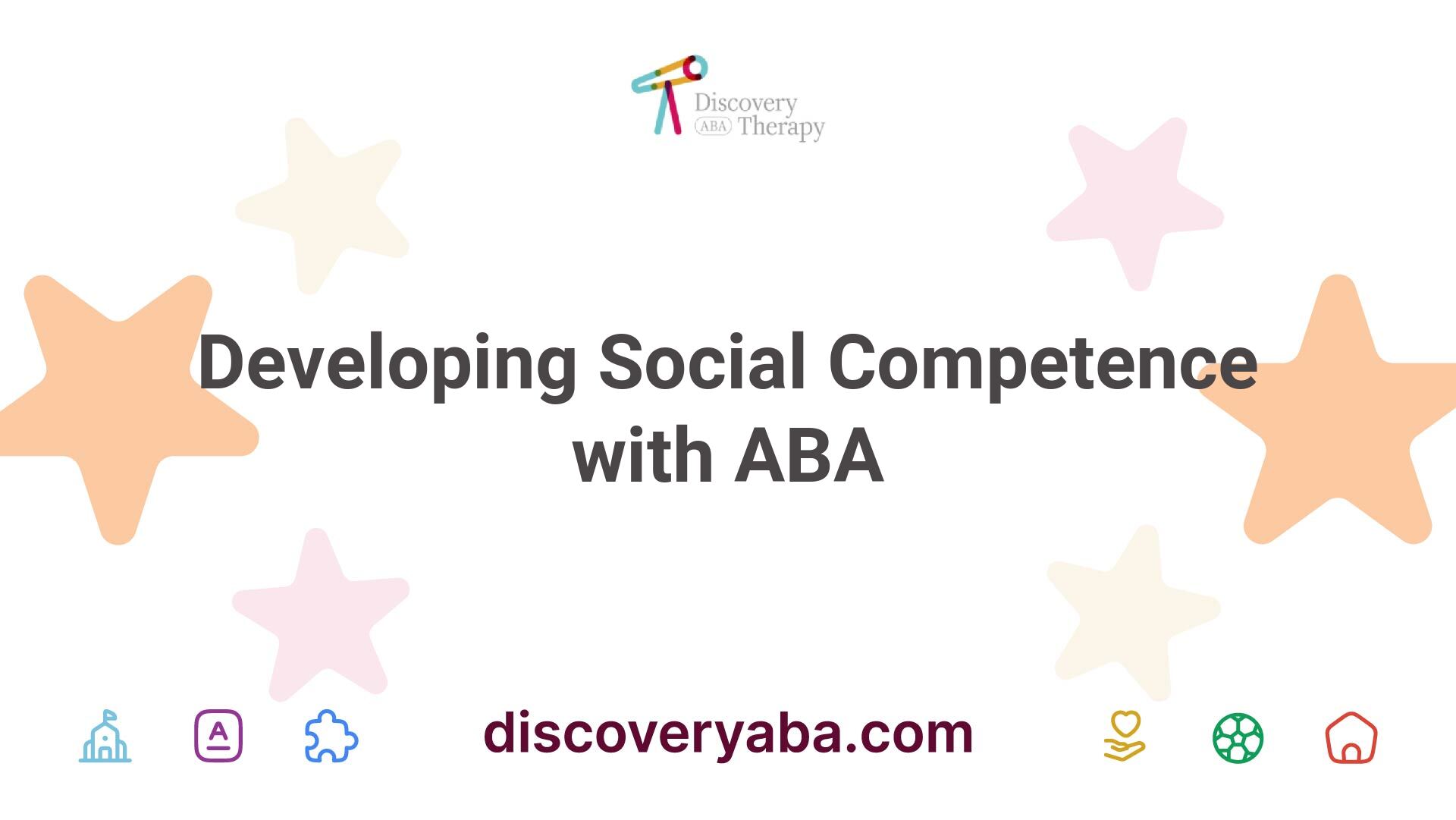
Developing Social Competence with ABA

Managing Sensory Issues in Autism: Tips and Tricks

Social Skills Building with ABA

How Center-Based ABA Therapy Enhances Social Skills Development

The Role of Video Modeling in Teaching New Skills Through ABA Therapy

How ABA Therapy Supports Adaptive Living Skills Development

ABA for Autism and Sleep Disorders

ABA Therapy for Autism Health
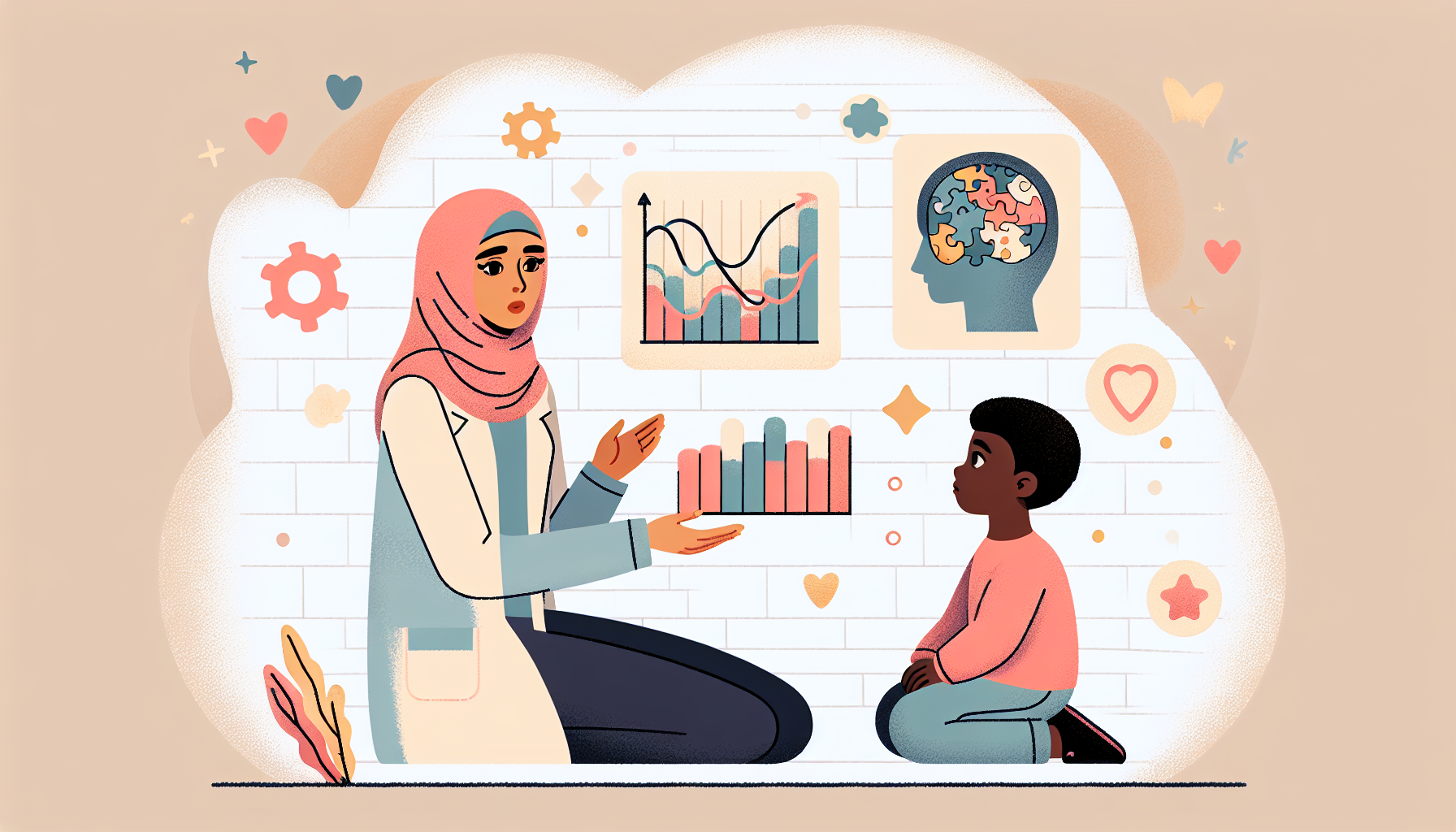
Understanding Autism Regression

Helping Siblings Understand Autism
.jpeg)
PECS Autism: A Guide for Parents and Caregivers

Importance of Routine in Autism

Borderline Personality Disorder and Autism
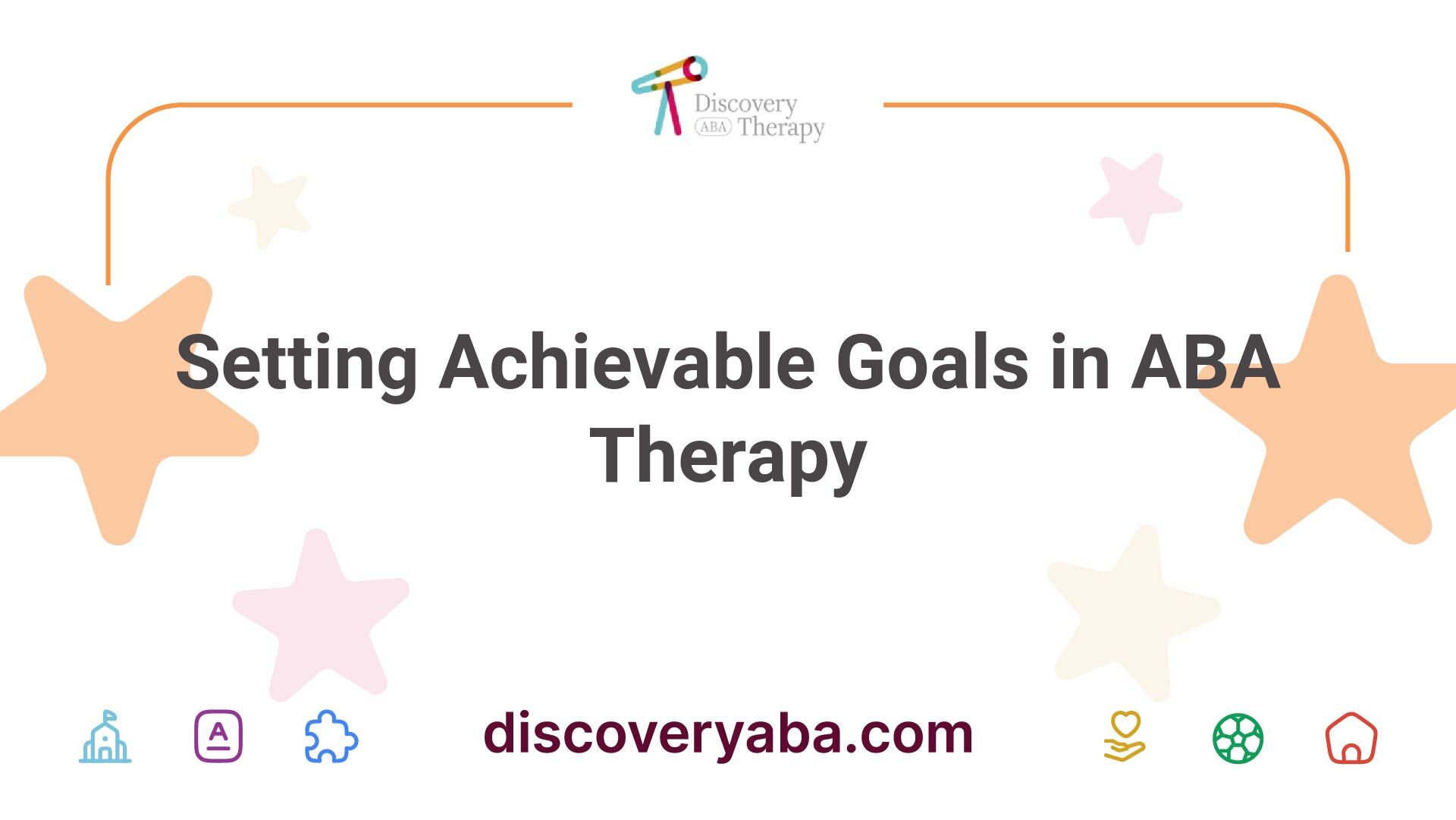
Setting Achievable Goals in ABA Therapy
.jpeg)
Autism Recovery: Nourishing Hope
.jpeg)
Best Autism Medication: What You Need To Know

Family Therapy in Autism

Autism-Related Mental Health Challenges

Sleep Issues in Autism

How Autism and Addiction Are Connected?

ABAs Impact on Social Isolation Reduction
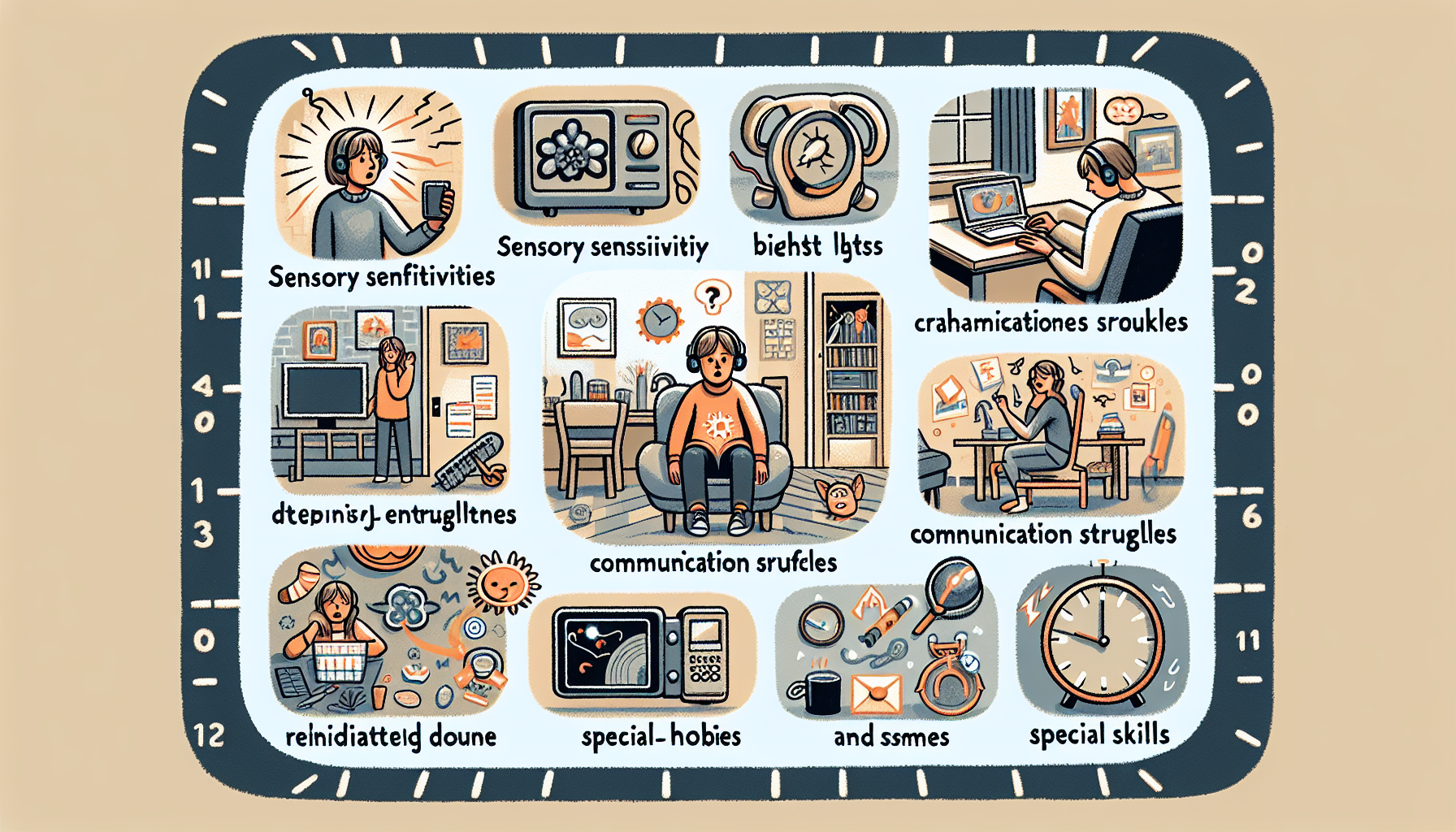
How Autism Shapes Daily Life?

Autism in Nonverbal Children

Solar Energy and Autism Care Centers

Solar Energy Systems for Autism Centers

Teaching Vital Life Skills to Autistic Teens

How to Set Realistic Goals in ABA Therapy

Solar Panels for Autism Care Facilities

How ABA Therapy Helps with Self-Regulation in Autism

ABA Therapy for Autism Support Services

Clean Energy for Neurodiverse Families

Energy-Saving Strategies for Autism-Friendly Homes

ABA Therapy for Behavioral Support Programs

Understanding Autism Spectrum Disorder in Adolescents

Clean Energy Benefits for Neurodiverse Communities

ABA Strategies for Teaching Social Cues

Autism Sensory-Friendly Energy-Efficient Lighting

Navigating Challenges: Revolutionary Therapy for Autism and Anxiety

Autism-Friendly Energy-Saving Tips

Teaching Daily Living Skills Through ABA Therapy

The Role of ABA Therapy in Early Autism Intervention

ABA for Autism and Anxiety

How ABA Therapy Can Improve Communication in Autism
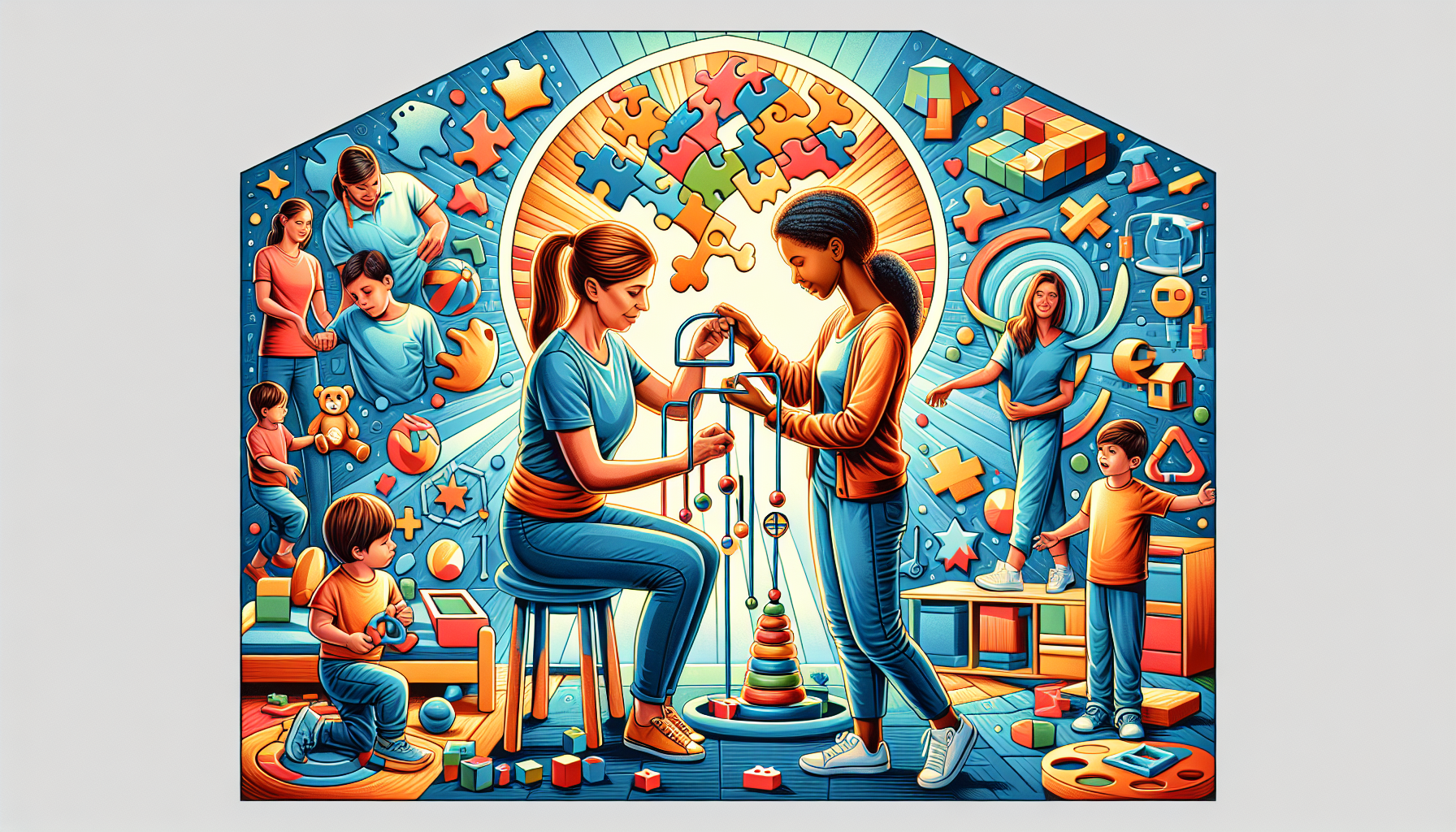
Autism and Occupational Therapy Benefits

Energy Efficiency for Autism Schools and Facilities
.jpeg)
Marijuana and Autism: A Ultimate Guide

Harnessing Hyperfixation: How ADHD Brings Intensity to the Table

How to Choose the Right ABA Therapy Provider
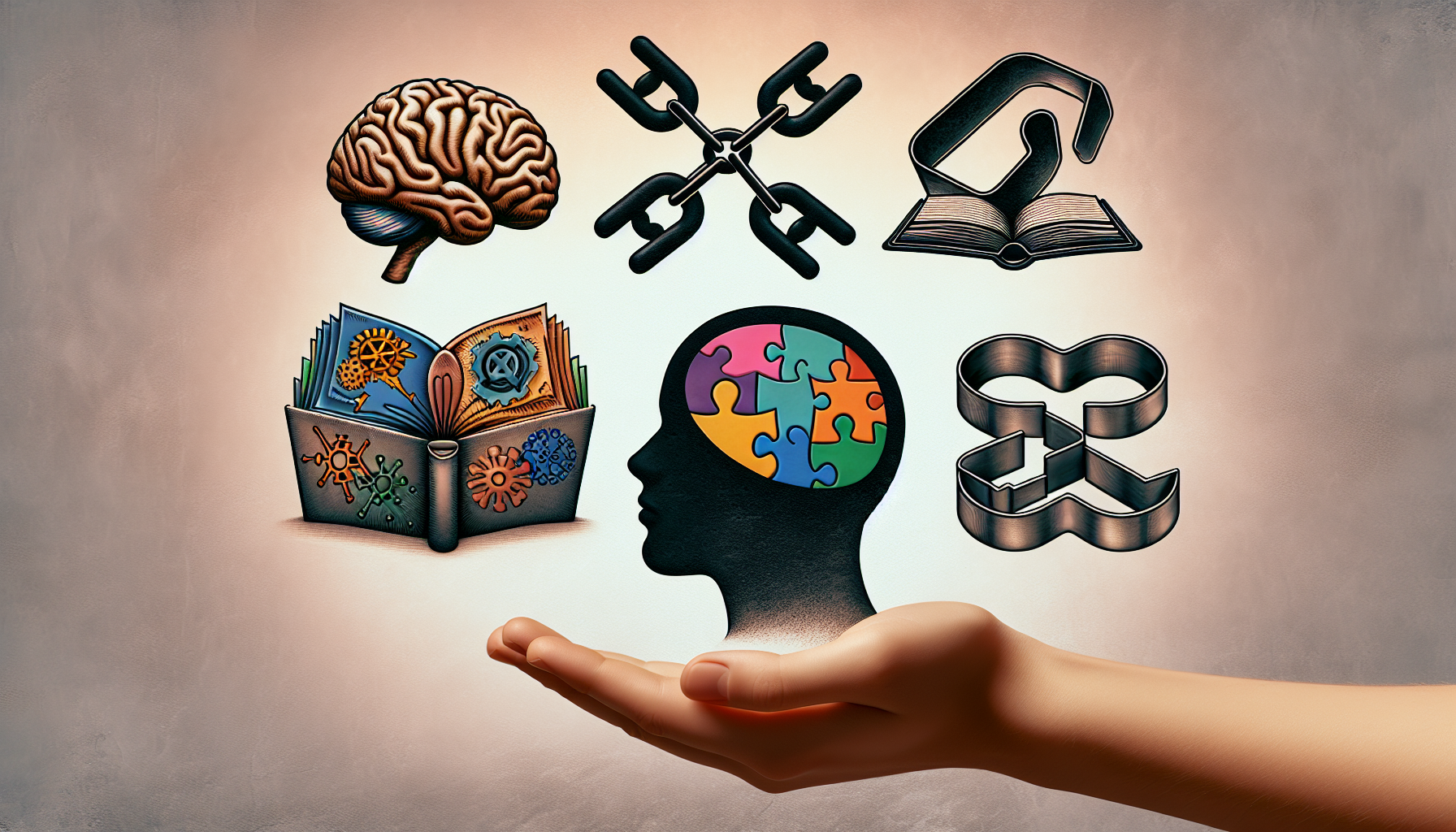
Common Misconceptions About Autism

How Energy Efficiency Improves Autism Spaces

What to Expect During ABA Therapy Sessions
.jpeg)
IS Tourettes A Form Of Autism?

Gut Health and Autism: How They're Connected

How ABA Therapy Can Improve Fine Motor Skills

Can OCD be Mistaken for Autism?

ABA Therapy for Autism Therapy Programs

The Role of Data Collection in ABA Therapy

Improving Emotional Regulation with ABA

Renewable Energy in Autism-Friendly Buildings

What Foods to Avoid for Individuals with Autism

ABA Therapy for Autism Skill Development

Managing Aggressive Behaviors with ABA

ABA Therapy for Autism Behavioral Health Centers
.jpeg)
Autism and Eating Disorders: Anorexia's Link to Autism

Smart Energy Tech for Autism Safety and Comfort

The Importance of Parent Training in ABA Therapy

The Benefits of ABA Therapy for Social Skills Development
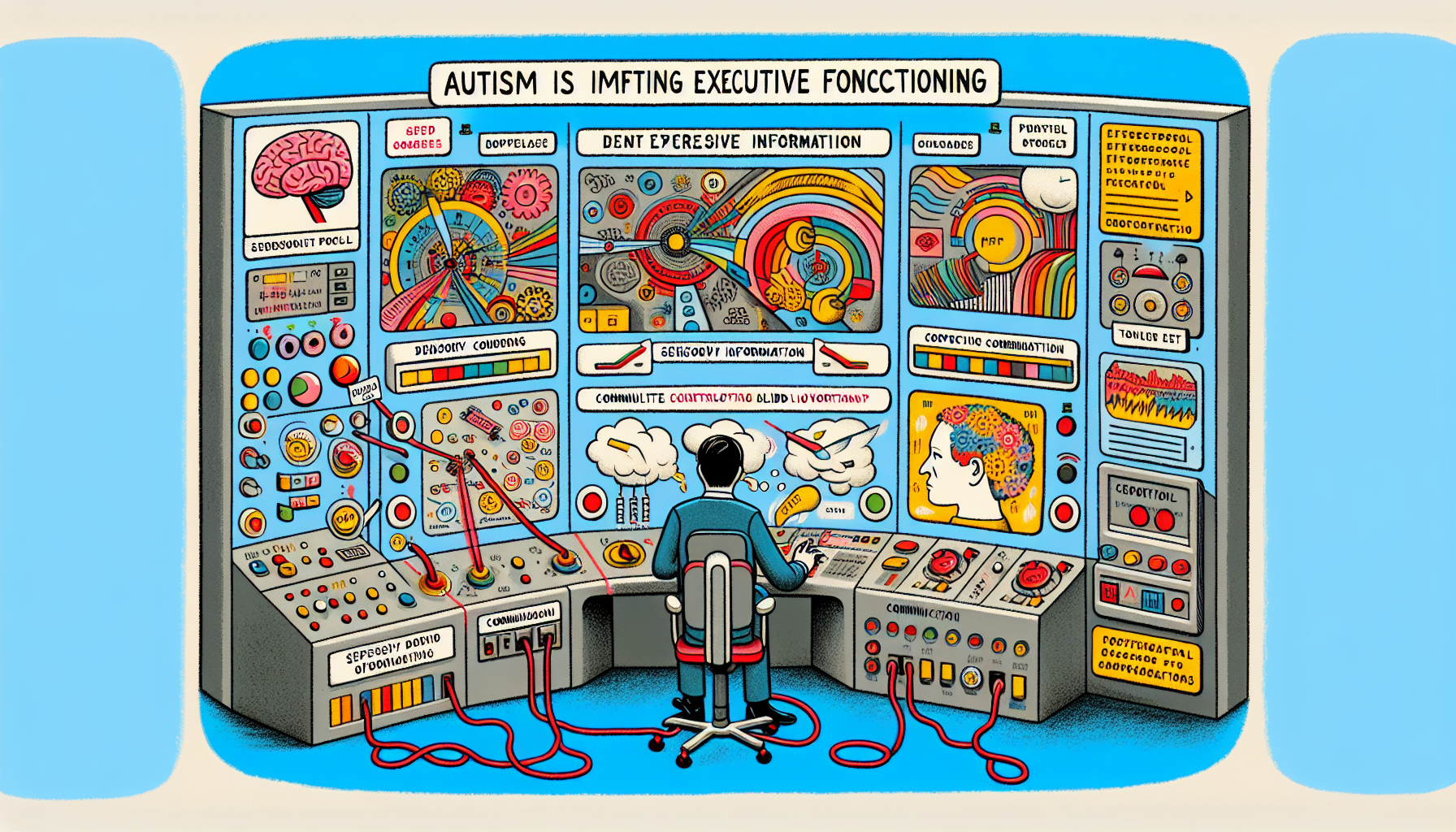
How Autism Impacts Executive Functioning?
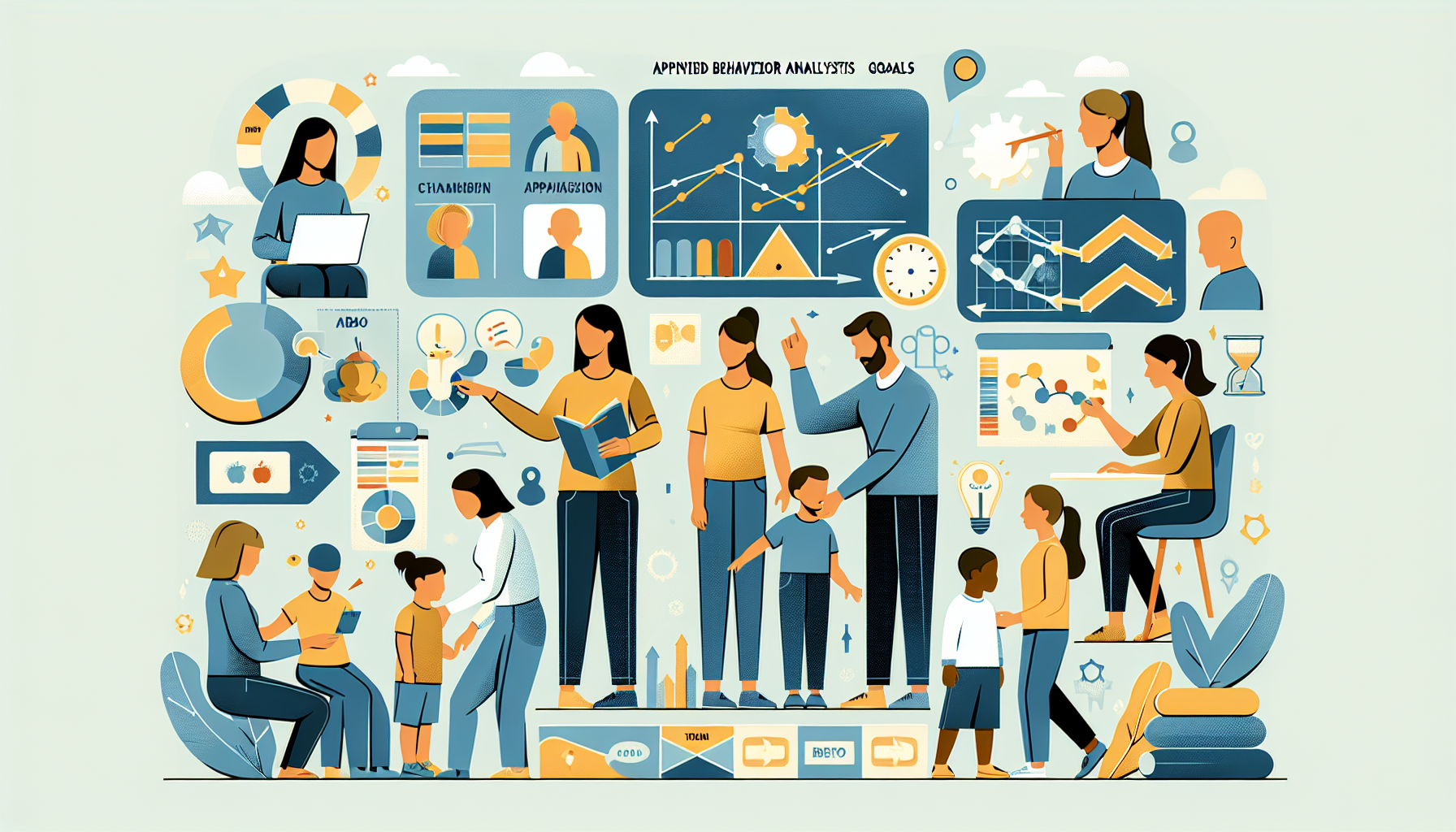
ABA Parent Training Goals Examples

Preparing for ABA Therapy: A Parent’s Guide
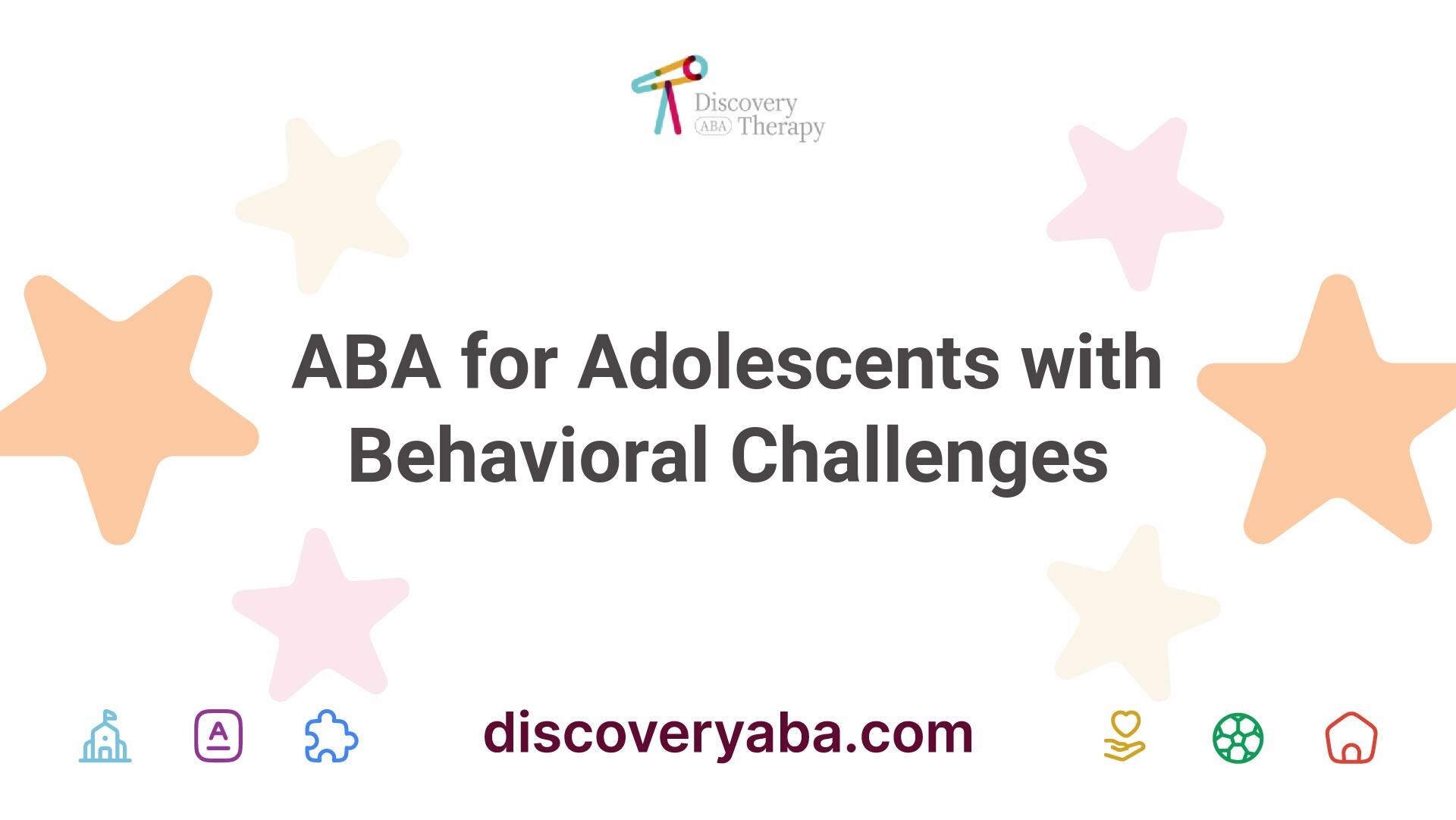
ABA for Adolescents with Behavioral Challenges

Autism and Emotional Regulation

Parenting a Child with Autism

Unveiling Challenges in Autism Diagnosis

Role of Genetics in Autism
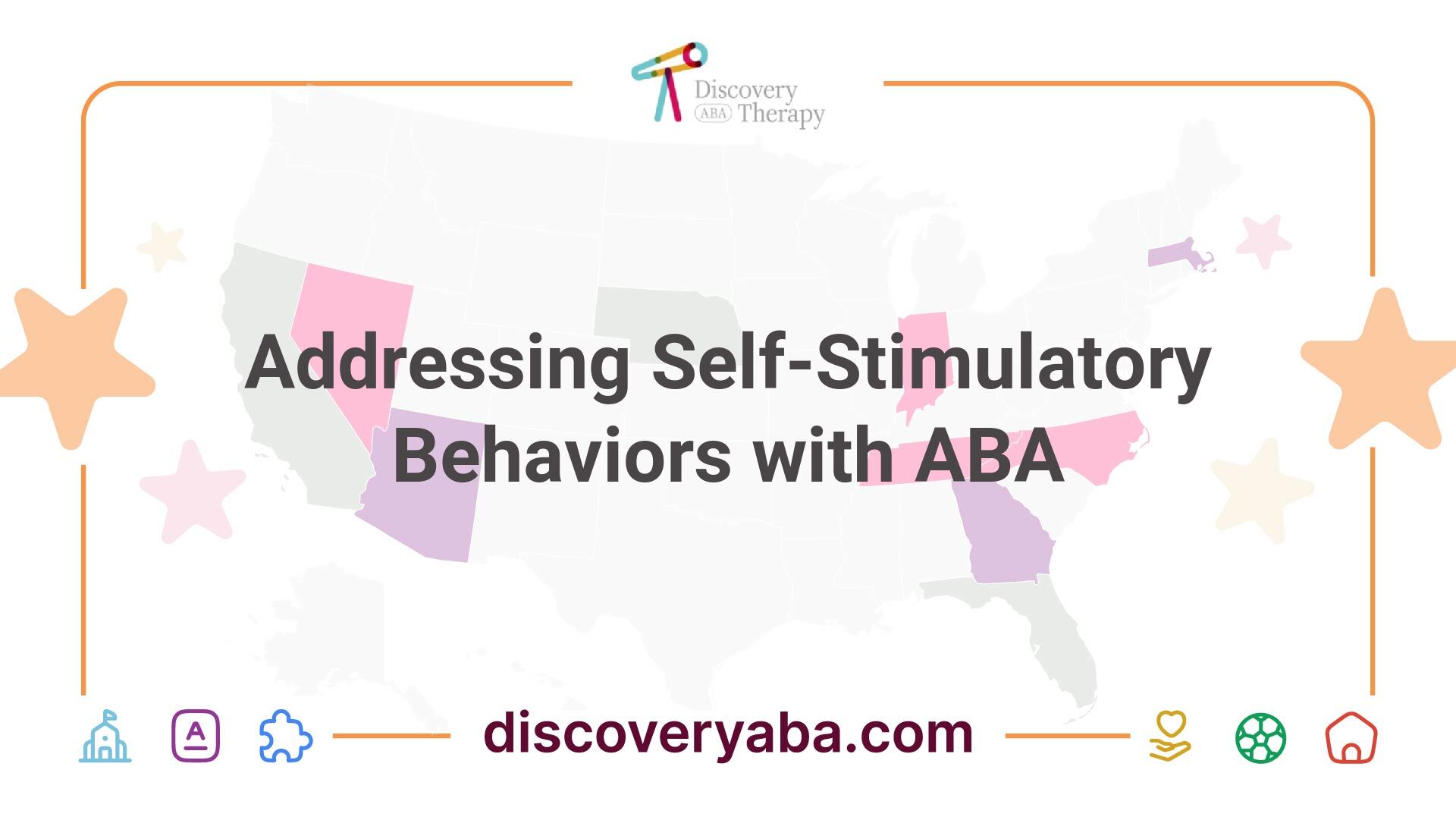
Addressing Self-Stimulatory Behaviors with ABA

What to Anticipate in Therapy Sessions
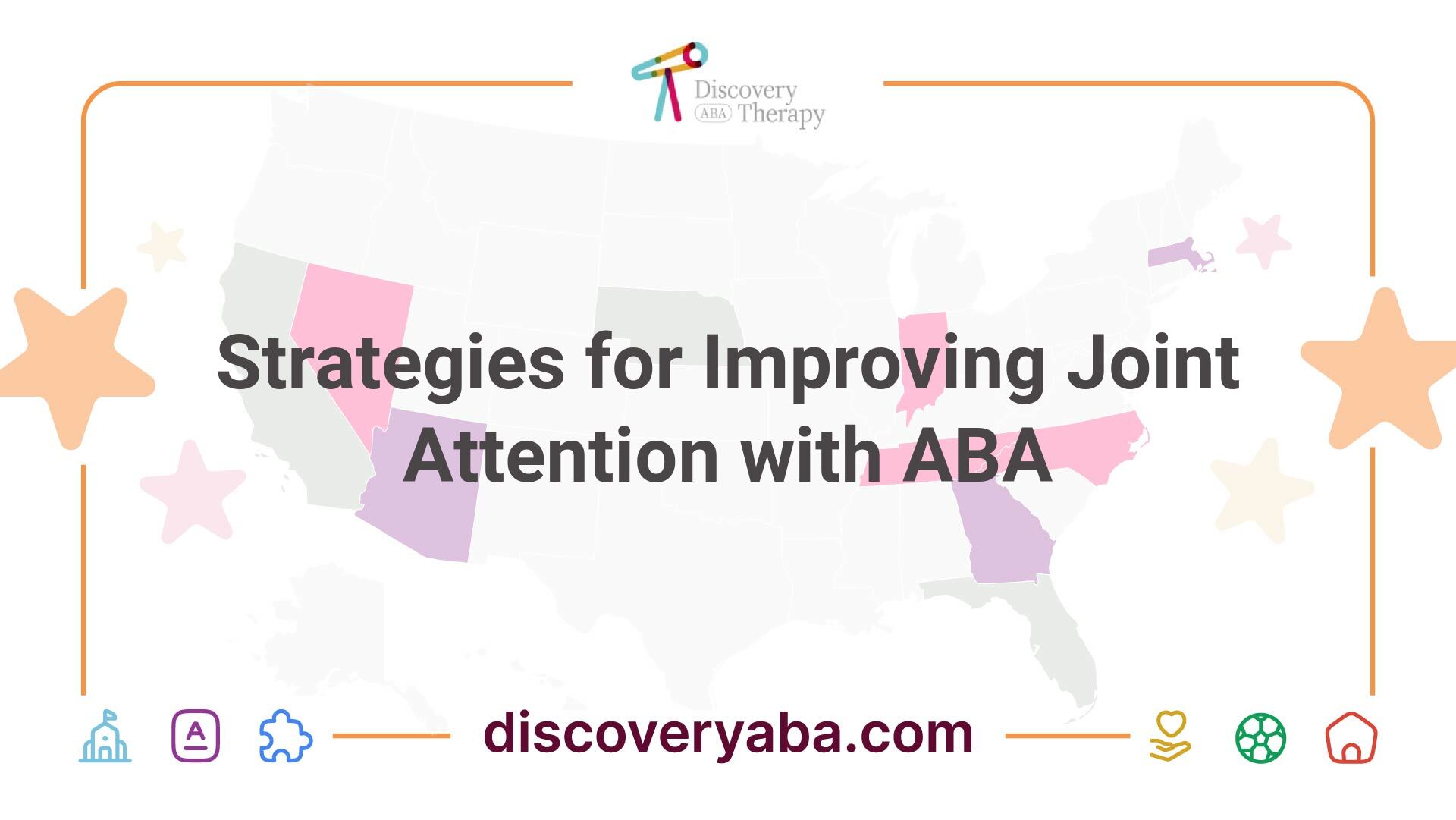
Strategies for Improving Joint Attention with ABA

ABA for Obsessive Behaviors in Autism

How Trauma Affects Child Development?
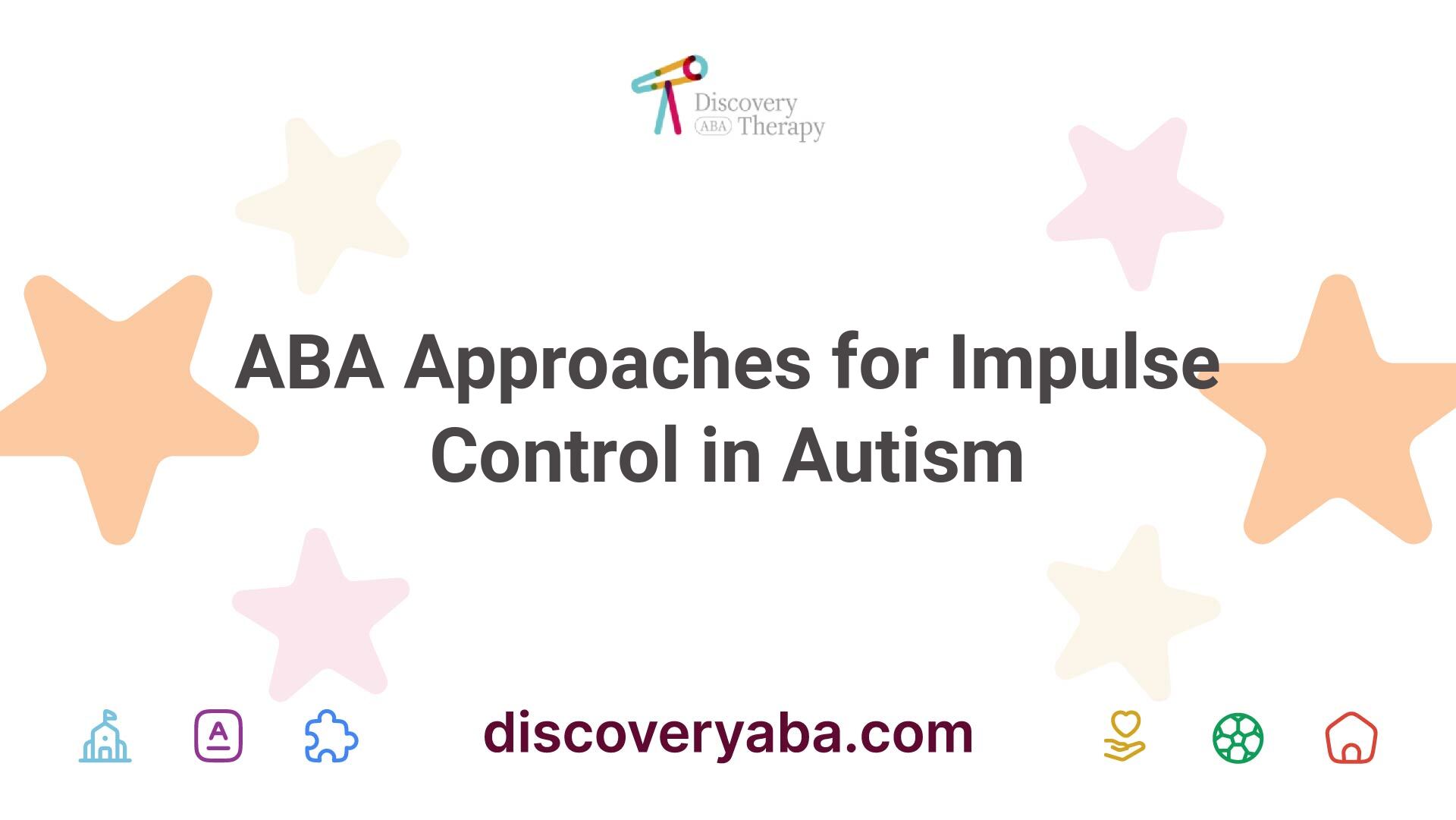
ABA Approaches for Impulse Control in Autism

Teaching Empathy through ABA Therapy
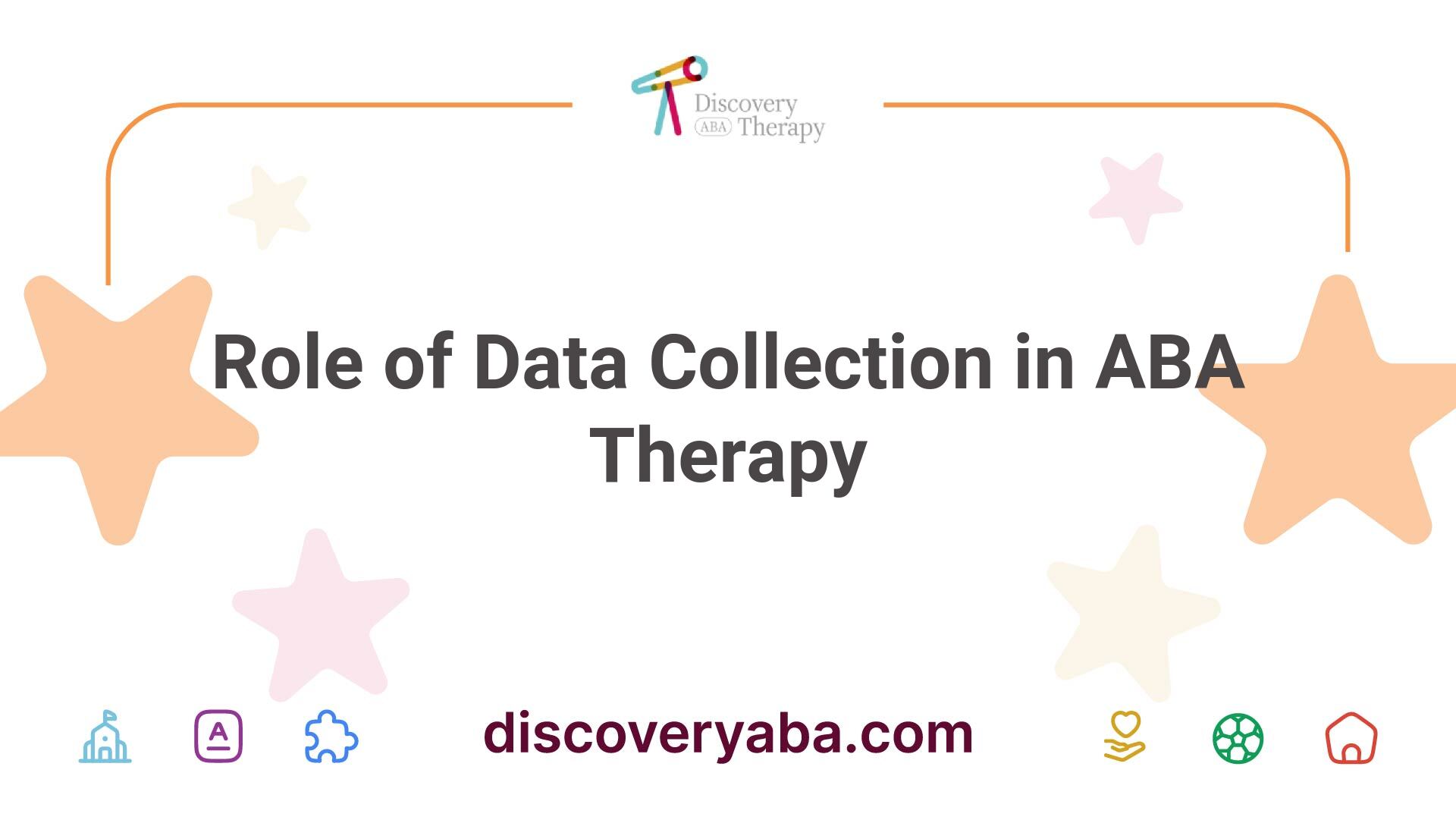
Role of Data Collection in ABA Therapy
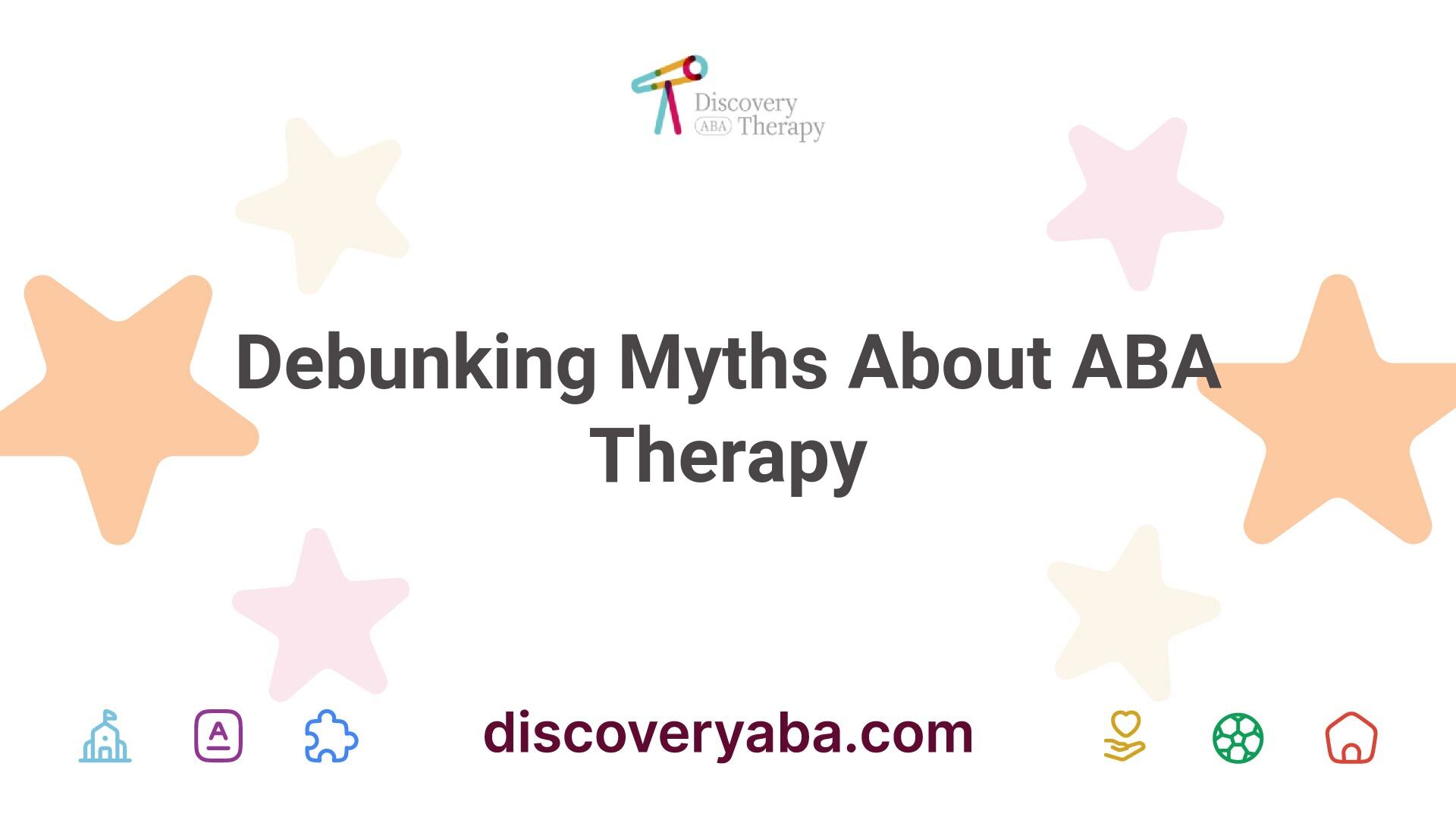
Debunking Myths About ABA Therapy

ABA for Academic Transitions in Autism
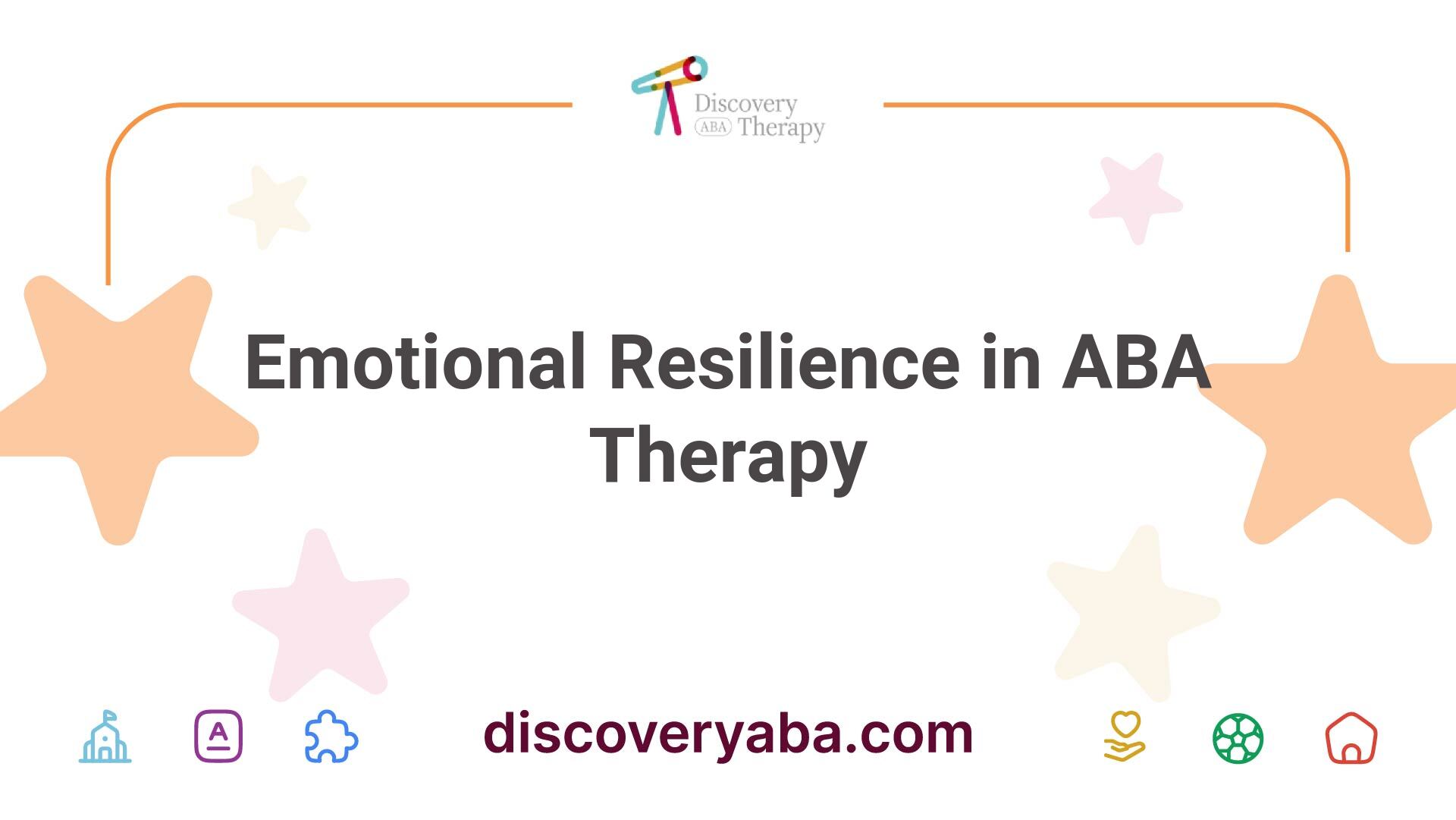
Emotional Resilience in ABA Therapy

Autism Spectrum Disorder in Adolescents
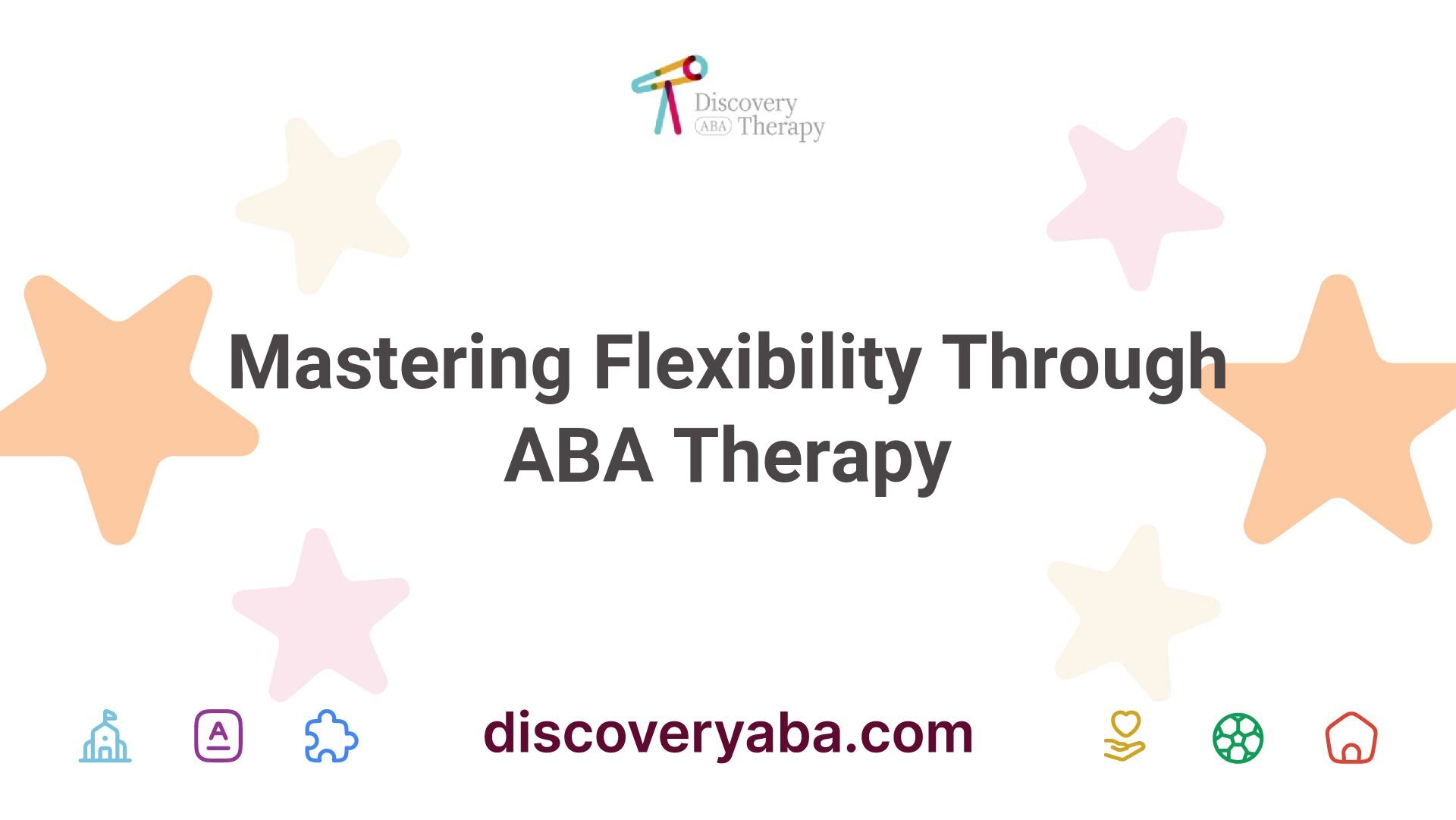
Mastering Flexibility Through ABA Therapy

Creating a Sensory-Friendly Space
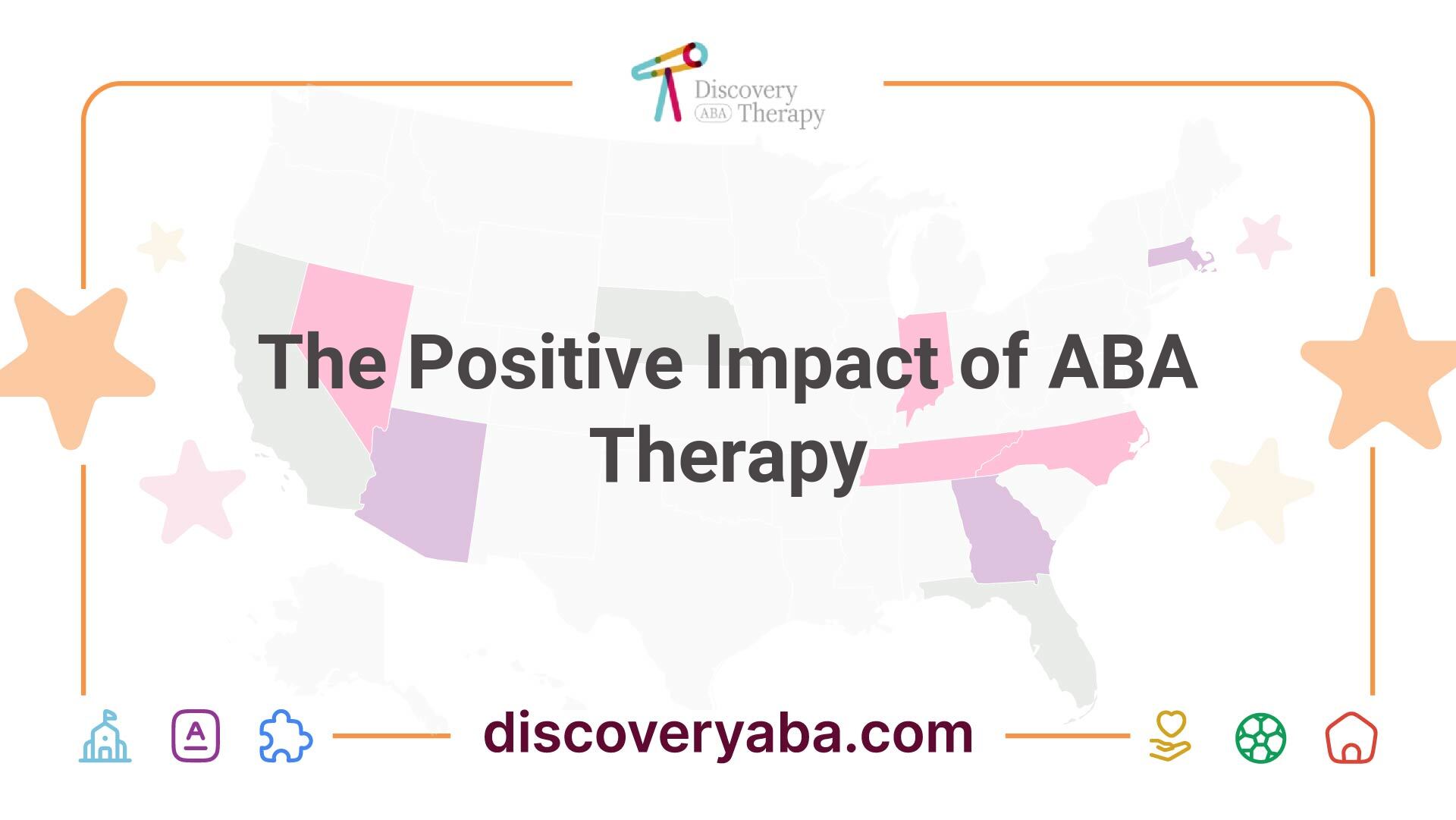
The Positive Impact of ABA Therapy
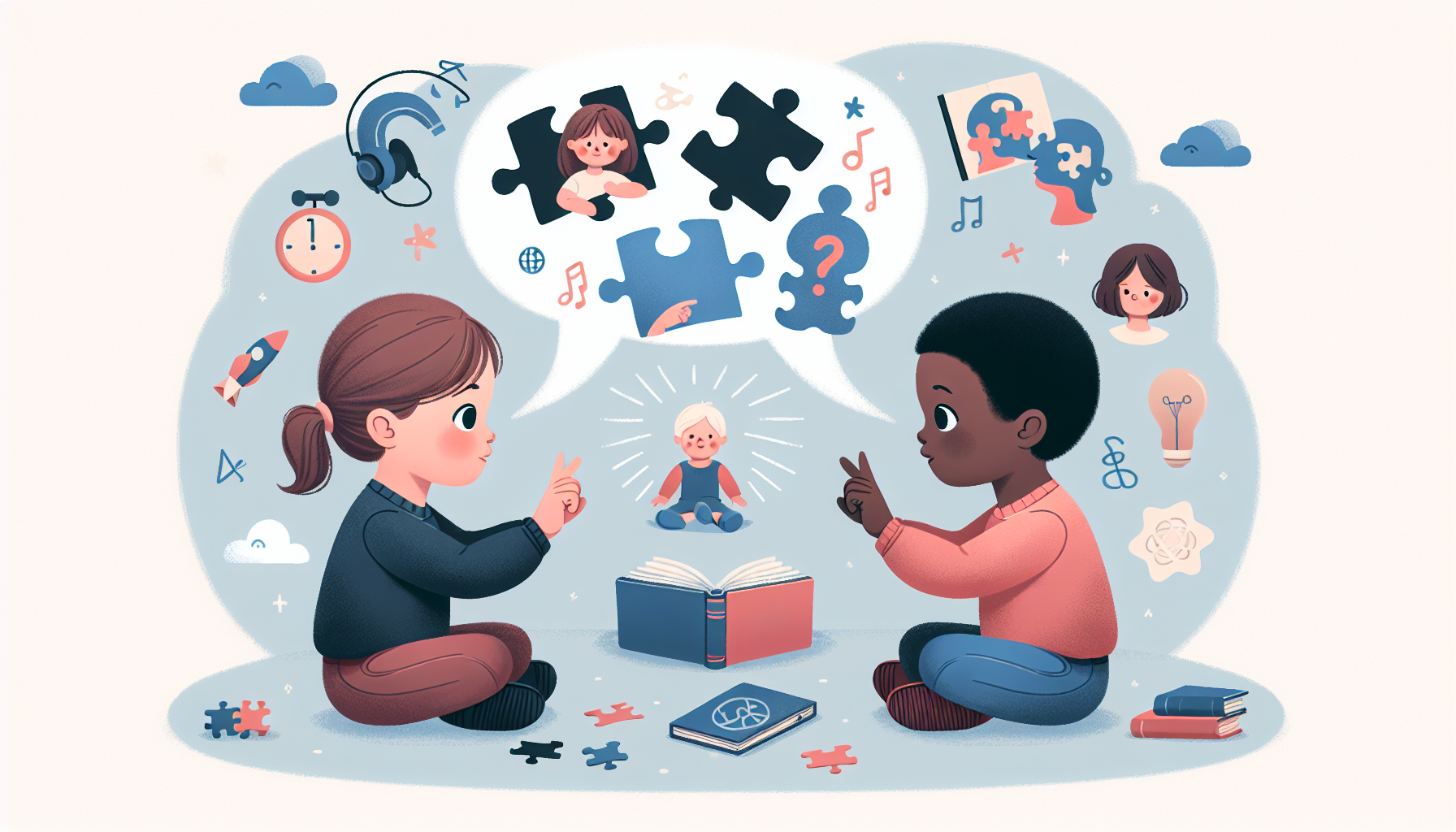
Nonverbal Learning Disorder for Individuals with Autism
Contact us
North Carolina, Tennessee, Nevada, New Jersey, Utah, Virginia
New Hampshire, Maine
Massachusetts, Indiana, Arizona, Georgia
.avif)



